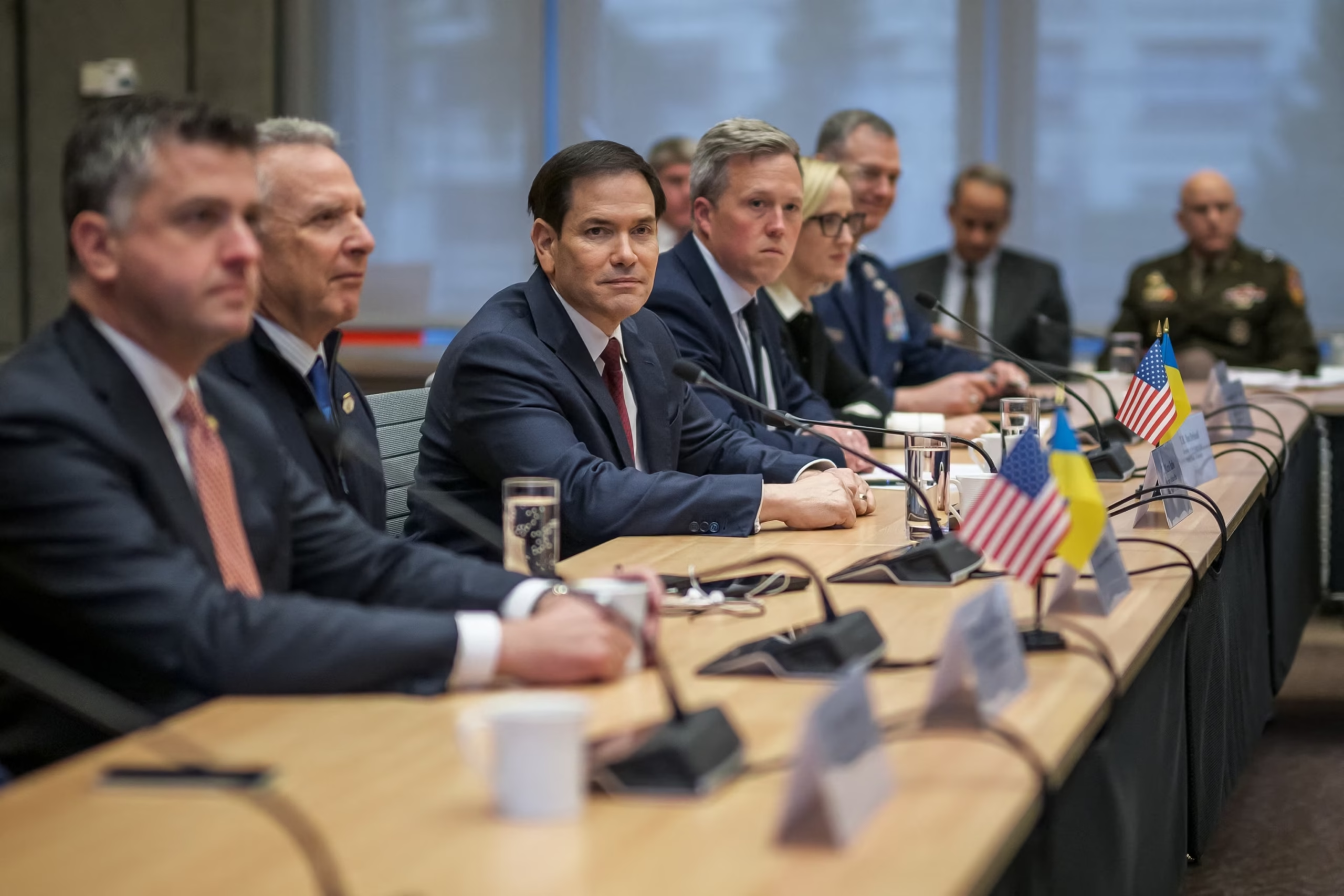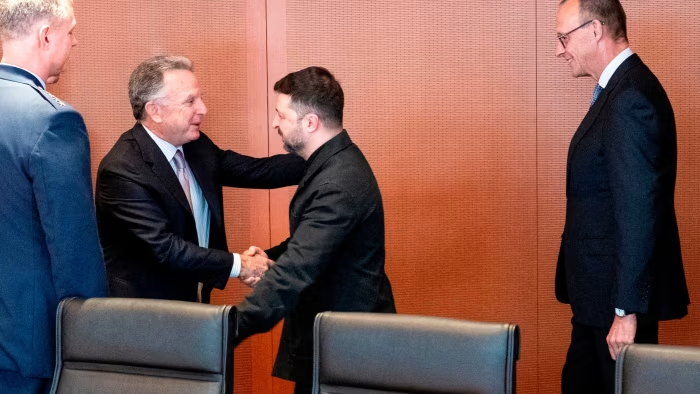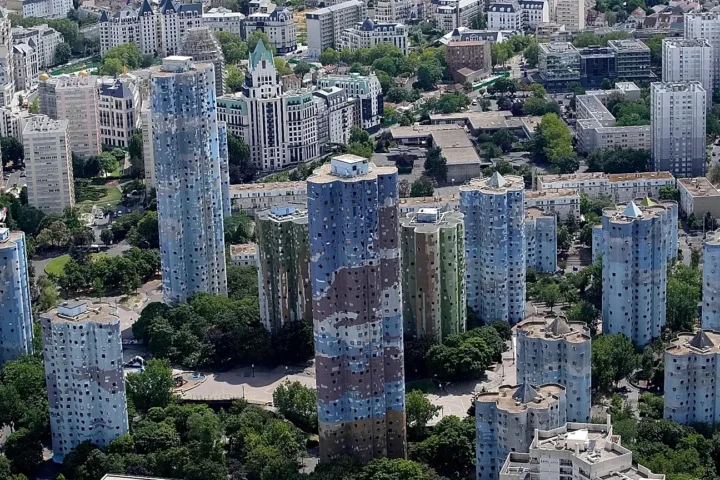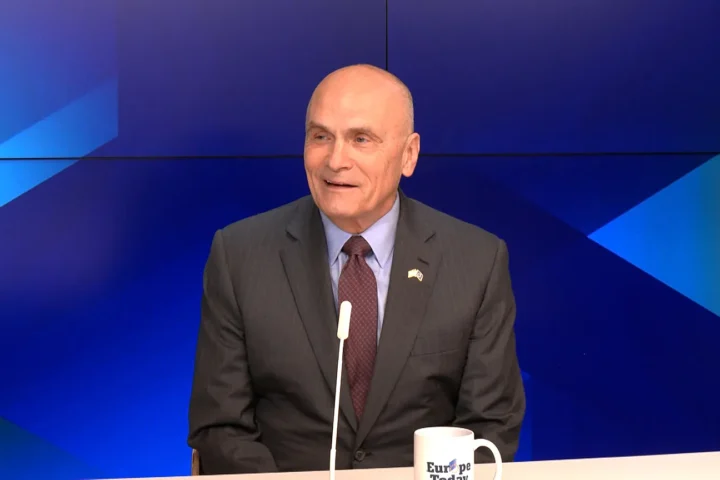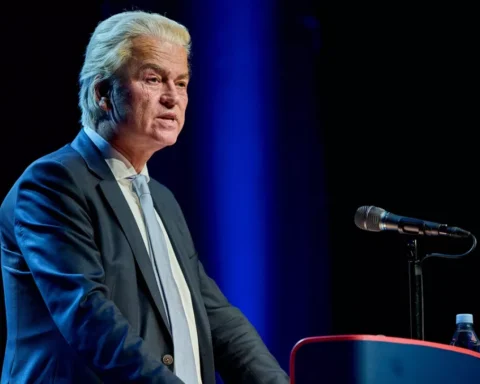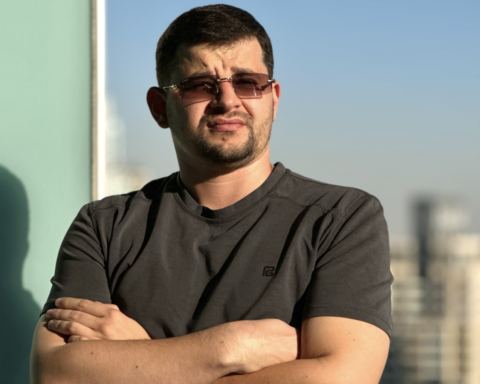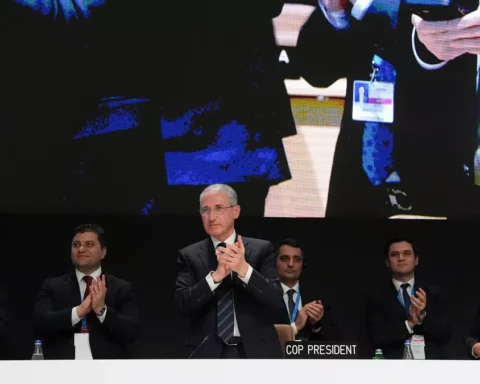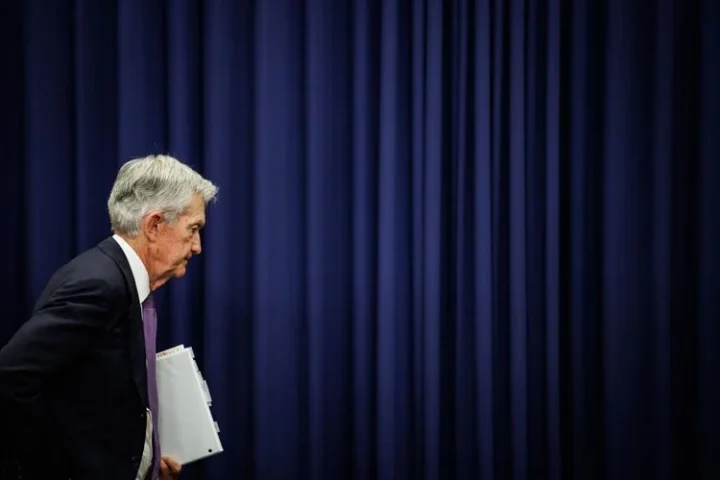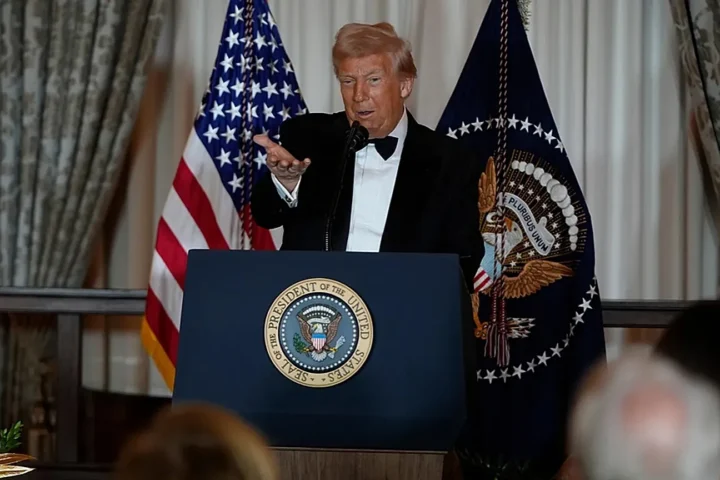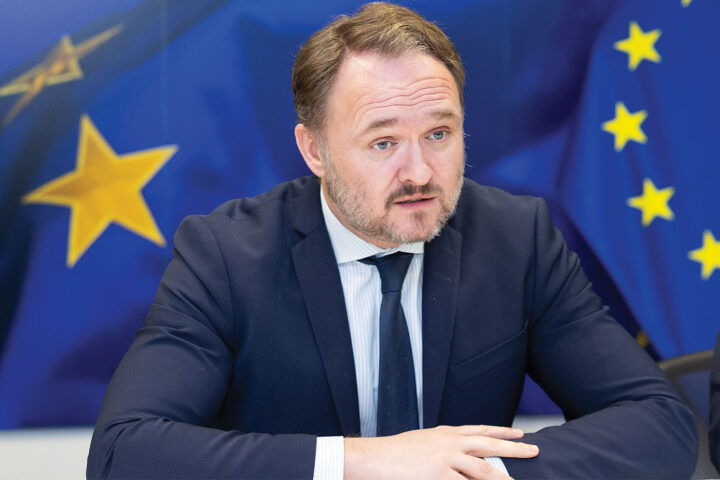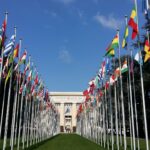In a development that would have seemed impossible only months ago, the United States and Ukraine have made meaningful progress in a new round of high-level diplomatic talks in Geneva aimed at securing an end to Russia’s full-scale invasion. After years of grinding warfare, political stalemate, and failed ceasefire efforts, Geneva has emerged as the first venue in which negotiators from both Washington and Kyiv believe a viable framework for peace is beginning to take shape.
While a final settlement is still far away, and Russia’s formal participation remains limited, officials familiar with the discussions say that the Geneva talks have achieved “the most substantial convergence of strategic priorities” between the US and Ukraine since the war began in 2022.
The momentum signals a subtle but important evolution in the Western approach: balancing continued support for Ukraine’s sovereignty with a growing urgency to craft an off-ramp from a conflict that has reshaped global security, strained economies, and tested the endurance of Europe and NATO.
What the Geneva Talks Achieved — and Why It Matters
1. Alignment on Long-Term Security Guarantees
For the first time, negotiators have agreed on the outlines of an American-backed, multi-layered security system for Ukraine that could operate even without immediate NATO membership.
This includes:
- A permanent joint military planning group
- Long-term weapons supply guarantees
- Training partnerships modeled on Israel-style security frameworks
- Strengthened intelligence-sharing channels
Such alignment helps reassure Kyiv that any political settlement will not leave it defenseless.
2. Agreement on a Phased Approach to Ending Hostilities
Officials say the talks established a potential phased pathway to de-escalation:
- Initial humanitarian ceasefire zones
- Demilitarized buffer corridors
- International monitoring teams
- Timelines for troop withdrawals once conditions are met
The significance lies in shifting from theoretical discussions to a concrete, step-by-step architecture.
3. A Shared Vision for Ukraine’s Postwar Reconstruction
Washington and Kyiv outlined a unified blueprint for postwar recovery, which includes:
- Energy grid rebuilding
- Industrial modernization
- Agricultural export re-expansion
- Integration with European supply chains
- Anti-corruption standards tied to aid
This is critical for a credible future beyond the battlefield.
4. Quiet Engagement With Non-Western Mediators
Though not officially confirmed, diplomats indicated that neutral or semi-neutral actors — including Türkiye, India, and Gulf nations — are being quietly consulted to shape the environment for eventual talks that could bring Russia meaningfully to the table.
Geneva served as a platform for aligning Western and Ukrainian priorities before broader diplomacy intensifies.
Why the Talks Happened Now
After nearly three years of war, several strategic realities are converging:
• Ukraine Needs a Sustainable Strategy
After intense fighting, manpower shortages, and infrastructure damage, Ukraine requires a framework that guarantees:
- Security
- Territorial integrity
- Economic viability
Geneva offered a venue to recalibrate strategy with its most important ally.
• The US Seeks Stability Ahead of Global Elections and Geopolitical Shifts
Washington remains committed to supporting Ukraine, but also recognizes:
- Domestic political fatigue
- The global economic impact of prolonged war
- Strategic resource constraints amid rising tensions in Asia and the Middle East
Diplomatic progress helps shape a long-term equilibrium.
• Russia Faces Mounting Costs — Even Without Being at the Table
While Moscow did not participate directly, backchannel intelligence exchanges suggest the Kremlin is:
- Struggling with manpower replacement
- Managing sanctions pressure
- Balancing internal political vulnerabilities
- Preparing for prolonged negotiations rather than rapid victory
These dynamics increase the relevance of diplomatic groundwork.
What Could a Future Peace Framework Look Like?
While nothing is finalized, the Geneva discussions point toward several elements that may define an eventual settlement:
1. Secure Borders With International Oversight
A UN-backed or OSCE-led presence in contested regions to prevent renewed escalation.
2. Security Guarantees Without Immediate NATO Accession
A treaty-based defense partnership with the US and select European nations.
3. Neutrality Revisions — Not Full Neutrality
Ukraine would maintain sovereign military capability, but the nature of foreign troops or bases could be negotiated.
4. Phased Sanctions Relief for Russia
Likely tied to:
- Verified withdrawal
- Respect for international borders
- Ceasefire durability
- Security compliance mechanisms
5. Massive Reconstruction Fund for Ukraine
Funded by:
- G7
- EU
- International financial institutions
- Potentially sanctioned Russian assets under controlled frameworks
This would rebuild cities, industries, and energy systems destroyed by the war.
Challenges Ahead — Peace Is Still Not Guaranteed
Despite progress, numerous obstacles remain:
• Russia’s official position has not shifted publicly
Putin continues to frame the war as a defensive necessity, limiting Moscow’s openness to compromise.
• Territorial questions remain the hardest issue
Kyiv refuses to accept the loss of its sovereign land.
Russia refuses to reverse annexations.
• Both sides believe time could still work in their favor
Ukraine hopes for stronger Western support; Russia bets on political fatigue in Europe and the US.
• Domestic politics matter
- Ukraine must maintain public trust amid hardship.
- US leaders face polarized views on foreign support.
- Russia faces internal nationalist pressures.
These factors mean that even promising diplomatic progress does not guarantee a swift path to peace.
Why Geneva Still Marks a Turning Point
For the first time since the invasion began, major diplomatic forces are aligning around a structured, realistic pathway toward ending the conflict — or at least freezing it under conditions acceptable to Ukraine and its allies.
Geneva represents:
- Strategic unity between Washington and Kyiv
- A blueprint that could someday accommodate negotiations with Moscow
- A shift from tactical battlefield focus to long-term conflict resolution
Whether this becomes the foundation of a historic agreement or simply the first serious step in a long process, the significance is undeniable.
Conclusion: A Glimmer of Hope in a Brutal War
The Geneva talks do not end the war.
They do not force Russia’s hand.
They do not resolve the hardest territorial questions.
But they do something equally important:
They offer the first credible diplomatic architecture for peace — one grounded in realism, unity, and strategic foresight.
After years of suffering, destruction, and global instability, progress in Geneva signals that the path to ending Russia’s invasion may finally be coming into view.
